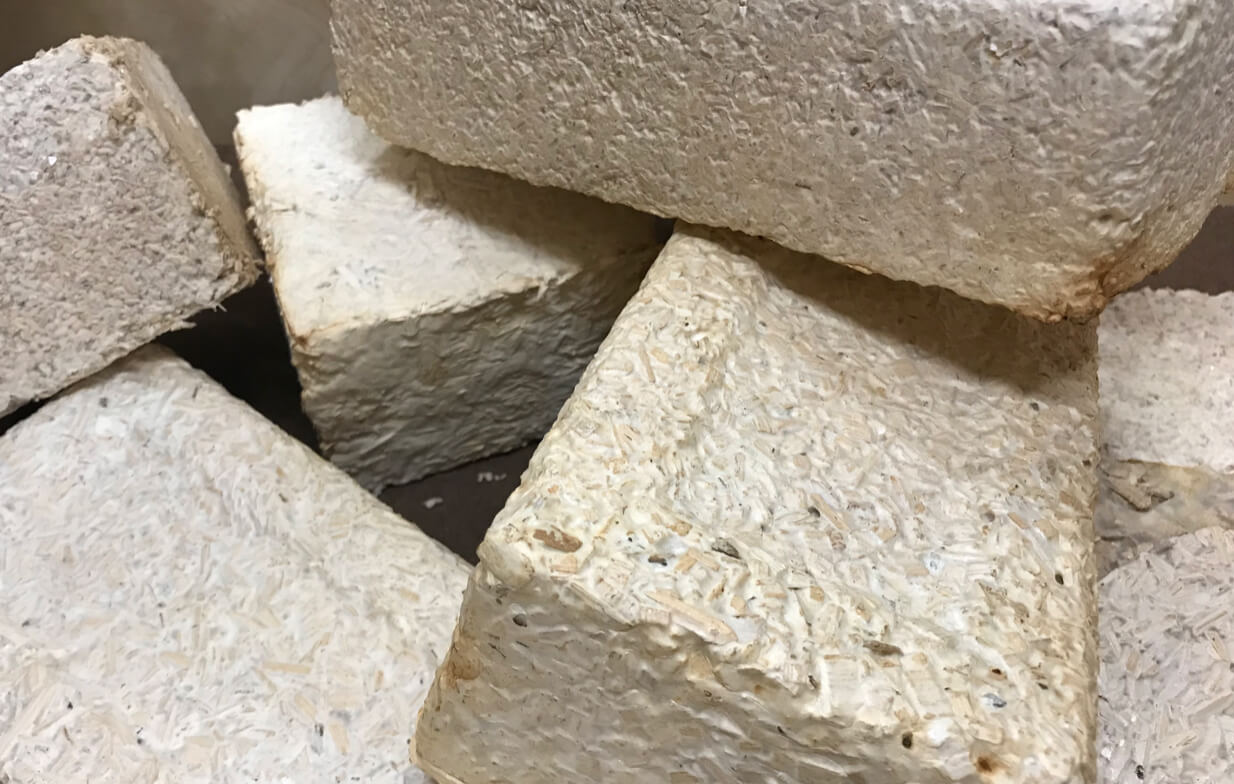Scientists at NASA Ames Research Center in Silicon Valley are experimenting with fungal mycelium to help support life on the Moon and Mars. Last week, NASA rolled out a concept it calls “mycotecture”—architecture made of mycelium.
Mycelium is essentially mold; it’s the underground threads that comprise the main part of fungi. It can be found in mushrooms, bread, beer, potatoes, synthetic leather, and even in blue cheese for the French food lovers among us. But soon, it could be used to make bricks that can withstand Mars’s harsh environment and help “grow homes” for astronauts.
Fungal mycelium makes for a great building material for myriad reasons, scientists said: It’s lightweight, biodegradable, insulated, and fire retardant. And most importantly, mycelia can be coaxed into larger complex structures, like buildings. This is where something called cyanobacteria comes in: This bacterium uses energy from the Sun to convert water and carbon dioxide into oxygen and fungus—the critical ingredient behind making a building out of mycelium.
Mycotecture buildings would mostly be used for long-term journeys over several months or even years. In a nutshell, astronauts would assemble the bricks, add water, and the fungi will grow into a fully functional human habitat, NASA said. This would be a non-obtrusive approach that would have virtually zero impact on the Martian environment.
In section, a building made of fungi would be essentially a “three-layered dome,” NASA continued. The outermost layer will be made of frozen ice water sourced from Martian or Lunar resources. The water layer protects the structure from radiation and ties into the second layer made of cyanobacteria.
This second layer takes the water and photosynthesizes it using exterior light that shines through the ice layer to produce oxygen for astronauts, and the nutrients needed to make the final layer made of mycelia. The third, innermost layer is what would organically grow into a house that can support human life on Mars, or the Moon.
The effort is being shepherded by Lynn Rothschild, a senior research scientist at NASA Ames Research Center, and a program called NASA Innovative Advanced Concepts (NAIC) which explores the usage of synthetic materials.
NASA first announced that it was exploring fungi as a potential building material for outer space in 2020 when it launched the Myco-Architecture Project. “Right now, traditional habitat designs for Mars are like a turtle—carrying our homes with us on our backs—a reliable plan, but with huge energy costs,” Rothschild said four years ago when the project launched. “Instead, we can harness mycelia to grow these habitats ourselves when we get there.”
Today, Rothschild also sees room for building mycotecture on planet earth, given its sustainable and biodegradable properties. “When we design for space, we’re free to experiment with new ideas and materials with much more freedom than we would on Earth,” Rothschild said. “And after these prototypes are designed for other worlds, we can bring them back to ours.”

